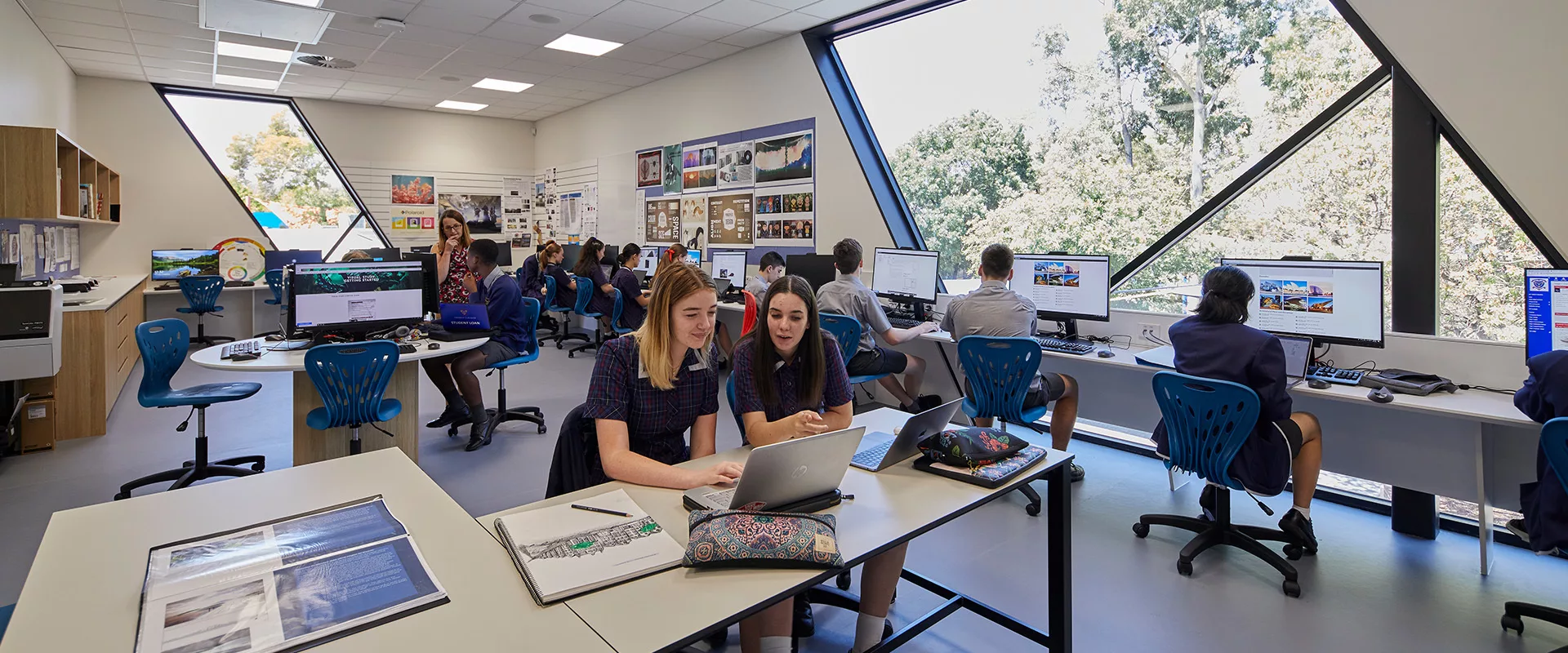Current Research

Teacher support of student motivation and engagement through the co-design of learning experiences which investigate the components of practice architectures required to facilitate student experiences of autonomy, relatedness and competence
This work examines how teachers can enhance student motivation and well-being by co-creating classroom experiences that enable goal setting and self-regulated learning (SRL). Drawing on Self-Determination Theory (SDT), Control-Value Theory (CVT) and Practice Architectures, the study posits that students’ experiences of autonomy, relatedness and competence can be systematically fostered through carefully structured goal-attainment processes. Achievement emotions, such as hope or pride, emerge when students perceive both control over and value in their learning tasks. These positive emotions bolster their motivation, engagement, and sense of well-being.
Anchored in a design-based research (DBR) methodology, this project encompasses three phases. In Phase One, semi-structured interviews with teachers and students will illuminate existing practices, revealing tensions and enablers related to goal setting and SRL. Phase Two sees the iterative development of professional learning workshops in which teachers co-design goal-setting interventions for their classrooms. Qualitative data—including lesson observations, teacher reflections, and student outcomes—will be gathered to capture the lived experiences and examine how these interventions activate achievement emotions and self-regulatory strategies. Phase Three employs a comparative analysis to assess changes across iterations, focusing on how shifts in practice architectures support or inhibit student motivation and well-being.
This inquiry contributes both theoretically and pragmatically. By integrating motivational frameworks (SDT, CVT) with sociocultural perspectives (CHAT) and Practice Architectures, it seeks to detail the specific classroom arrangements—cultural-discursive, material-economic and social-political—that facilitate higher student autonomy, competence and relatedness. The findings will inform practical design principles for professional learning, with the ultimate goal of helping teachers embed goal-setting structures and SRL strategies that yield sustained positive achievement emotions, richer engagement and improved well-being in Middle School contexts.


